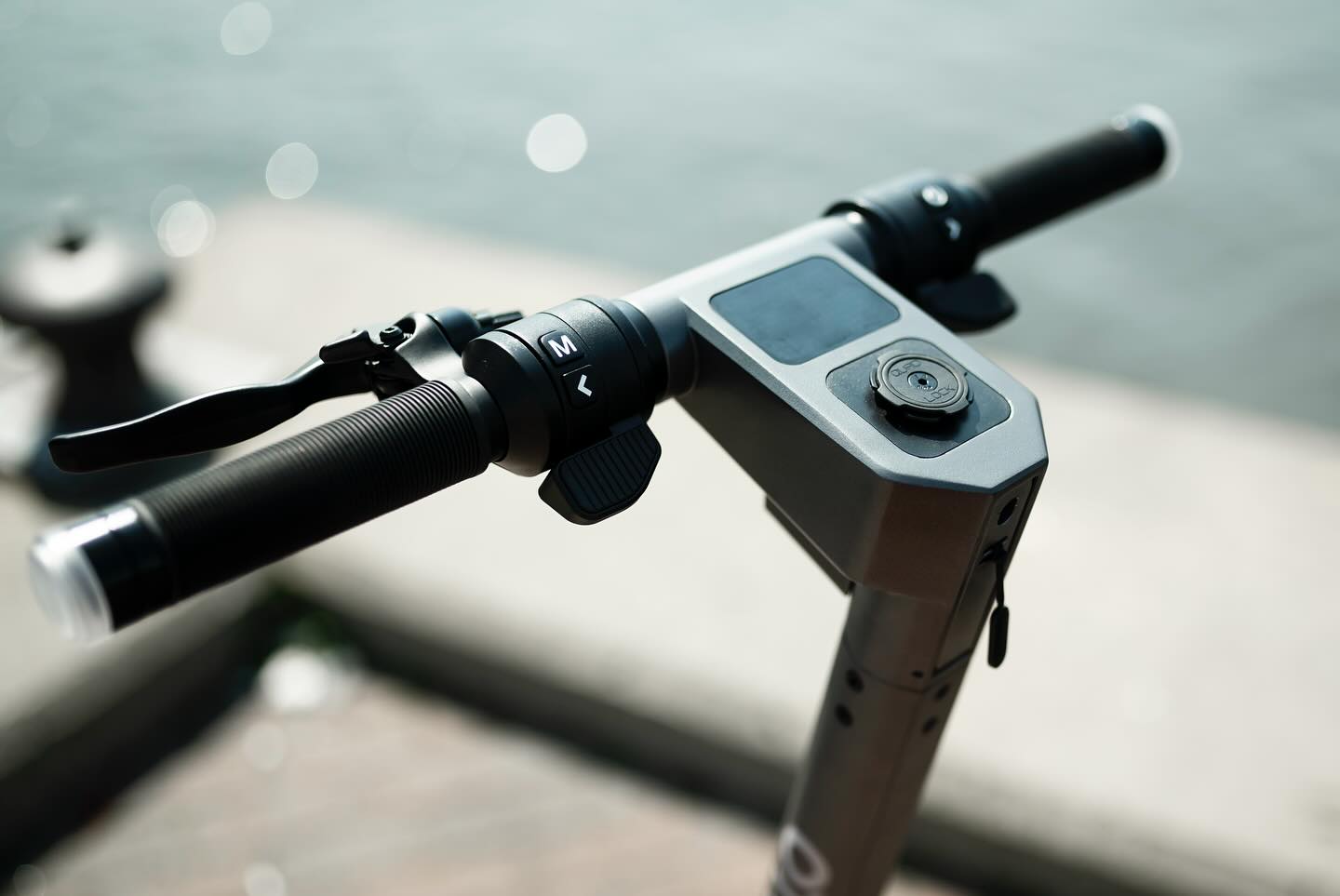Ever bought an electric scooter that promised 64 km of range—only to run out of battery halfway through your commute?
You’re not alone. And surprisingly, it’s not your battery’s fault.
At Apollo, we’ve been building and selling electric scooters for over five years, and one thing that’s always frustrated us is how range is presented in the industry. As a manufacturer, you have two options:
-
Quote an unrealistically high range and look competitive
-
Quote a realistic number and risk looking weak
We decided it was time to stop playing that game—and start telling the truth.
Real Riders, Real Data, Real Answers
So, we ran a real-world test. With over 10 million miles of rider data in our system, we wanted to figure out what actually affects your range—and more importantly, what you can do to ride farther.
We reached out to some of our most active riders and had them log rides under different conditions:
-
Flat roads vs. hills
-
Warm vs. cold weather
-
Fast acceleration vs. slow starts
-
Regen braking on vs. off
-
Different weight riders, riding styles, and speed settings
In total, we analyzed over 150,000 km of real-world rides. No lab tests. No ideal conditions. Just everyday people on everyday rides.

The One Metric That Matters: Watt-Hours per Kilometer
We broke everything down to a key number: watt-hours per mile (Wh/km). This tells you how much energy your scooter uses to move one mile. The lower it is, the farther your scooter can go.
Using this, we identified the top five range killers—and more importantly, what you can do to avoid them.
1. Speed: The Silent Battery Killer
We get it—you bought a fast scooter for a reason. But here’s the truth: wind resistance increases exponentially, so every extra MPH costs you more than the last.
-
At 25 km/h, efficient riders averaged ~8 Wh/km
-
At 35 km/h, that jumped to ~10 Wh/km
-
At 40+ km/h, it soared past ~12 Wh/km
Example:
The Apollo Go has a 540Wh battery.
-
At 25 km/h → ~65 km of range
-
At 40 km/h → ~43 km of range
That’s a 34% drop—just from speeding up by 15 km/h.
What to do:
Cruise between 24–28 km/h and use cruise control to avoid speed creep. Save full speed for the occasional thrill, not your daily ride.
2. Acceleration: Smooth Starts = Longer Rides
Punching the throttle might feel great, but it drains your battery fast.
-
Max acceleration (Level 10) → ~11 Wh/km
-
Moderate acceleration (Level 5) → ~9 Wh/km
That’s a 15–20% efficiency gain just by easing off the launch.
Pro tip:
Enable kick-to-start mode through your Apollo App. Giving the scooter a little push before throttling reduces energy draw at zero speed. This can save 3–5% of your battery on frequent stop-and-go rides.

3. Power Surges: Watch the Wattage
Big wattage spikes—during hard throttle, hills, or headwinds—are brutal on your battery. Using the Apollo App’s Power Meter, you can see this in real time:
-
Efficient rides: 0.4 to 0.6 kW
-
Power-draining rides: 1.1+ kW
The fix:
Ease into acceleration, coast when possible, and try to keep your power draw below 0.9 kW. Your battery will thank you.
4. Underusing Regen Braking
Regenerative braking recaptures energy when you slow down—and Apollo scooters do it better than anyone.
With our dedicated regen throttle and dual motors, you get precise control and double the regen power.
What it adds:
In stop-and-go traffic, regen can return up to 5% of your battery—just by braking smarter.
Quick tip:
Set your regen level to at least 3 in the Apollo app for optimal results.

5. Climbing Hills
Elevation gain is a guaranteed battery killer.
Our data shows:
-
Flat terrain: ~8 Wh/km
-
Frequent hills: ~10 Wh/km
That’s a 30% increase in energy use.
Can’t avoid hills? Do this:
-
Ease into climbs instead of launching aggressively
-
Use Eco mode or lower power settings
-
Use regen braking on the way down to recover energy
So… Can You Actually Get the Advertised Range?
Short answer: probably not—unless you're a 100 lb rider, cruising at 12 mph on a flat road in 25°C weather.
But you can get a lot closer than you think. Here’s how:
|
Tactic |
Approximate Efficiency Gain |
|
Cruising at 25 km/h instead of 40 |
+35% range |
|
Lowering acceleration + kick-to-start |
+10–15% |
|
Watching power surges |
+10–15% |
|
Using regen braking |
+3–5% |
|
Smart hill riding |
+5–10% |
Stack these tips and you could see up to 40% more real-world range. That’s a game changer—especially when you’re planning longer rides or trying to avoid charging anxiety.
The Takeaway
Battery range claims aren’t lies—but they’re based on perfect conditions you’ll probably never ride in. The good news? Now you know what actually affects your range—and what to do about it.
So the next time you’re short on juice, remember:
-
Ride a little slower
-
Start a little gentler
-
Use regen
-
Be hill-smart
Together, these small changes can make a big difference.
Want more real-world insights like this?
We’re turning ride data into practical tips for every rider. Subscribe to our YouTube channel, follow us on social, and drop us a comment with your biggest scooter questions—we might just tackle yours next.






